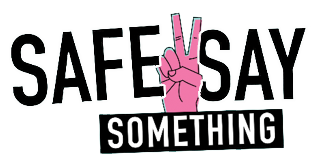Methicillin Resistant Staphylococcus or MRSA
Staphylococcus aureus, often referred to simply as “staph,” are bacteria commonly carried on the skin or in the nose of healthy people. Sometimes, staph can cause an infection. Staph bacteria are one of the most common causes of skin infections in the United States.
Most of these skin infections are minor (such as pimples and small boils) and can be treated without antibiotics. However, Methicillin-resistant Staphylococcus aureus (MRSA) is a bacterium that causes infections in different parts of the body. It’s tougher to treat than most strains of staphylococcus aureus — or staph — because it’s resistant to some commonly used antibiotics.
MRSA is usually transmitted by direct skin-to-skin contact or contact with shared items or surfaces that have come into contact with someone else’s infection (e.g., towels, used bandages). MRSA skin infections can occur anywhere.
Some settings have factors that make it easier for MRSA to be transmitted. These factors, referred to as the 5 C’s, are as follows: crowding, frequent skin-to-skin contact, compromised skin (i.e., cuts or abrasions), contaminated items and surfaces, and lack of cleanliness. Locations where the 5 C’s are most common include schools, dormitories, and military barracks and daycare centers.
How can I prevent staph or MRSA skin infections?
Practice good hygiene:
Keep your hands clean by washing thoroughly with soap and water or using an alcohol-based hand sanitizer.
Keep cuts and scrapes clean and covered with a bandage until healed.
Avoid contact with other people’s wounds or bandages.
Avoid sharing personal items such as towels or razors.
For more information, click here

